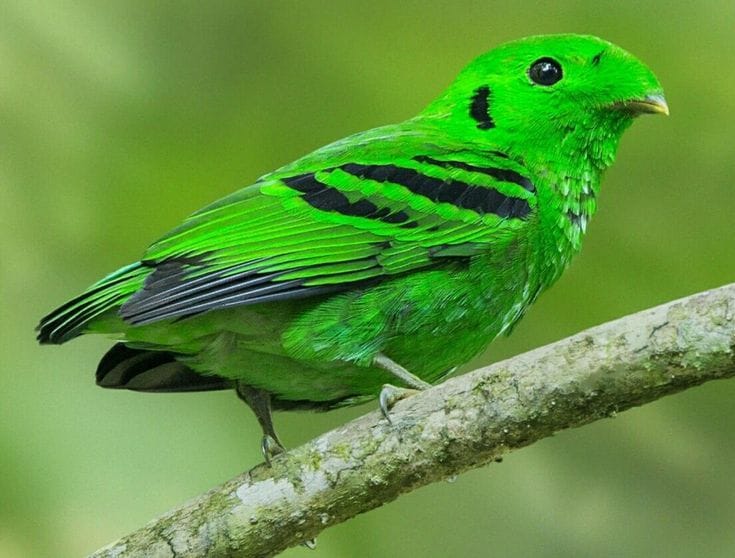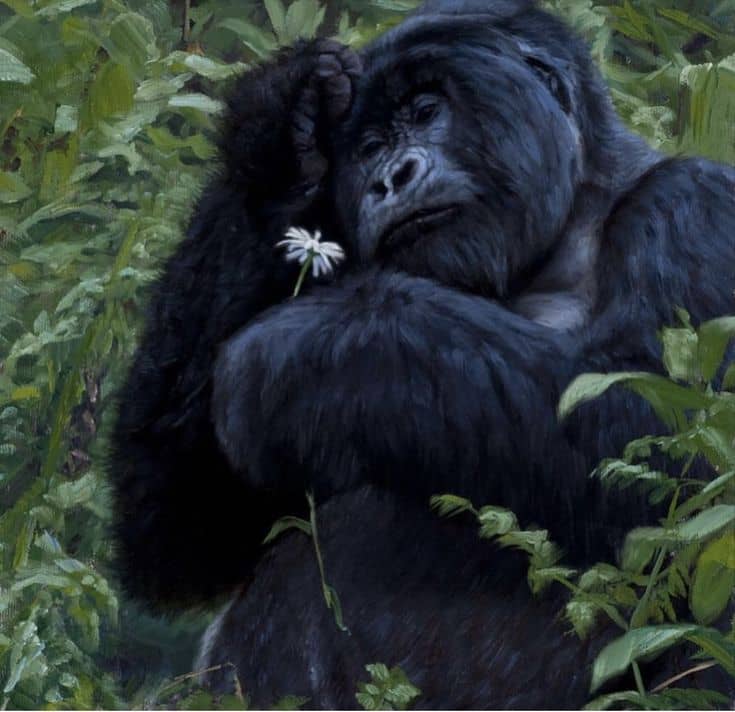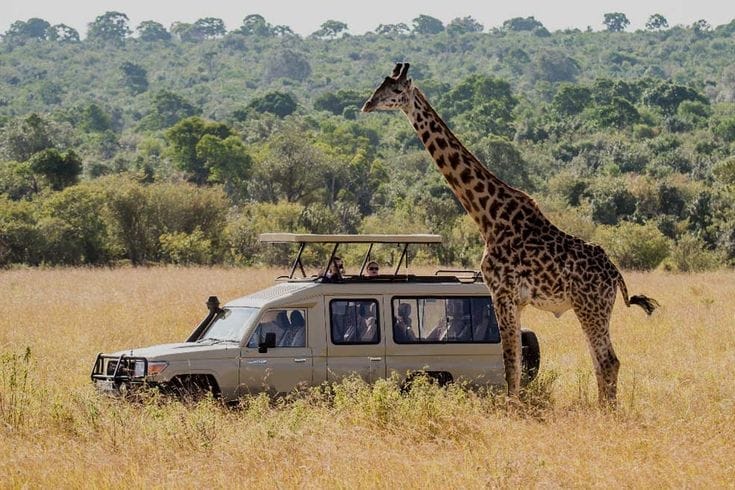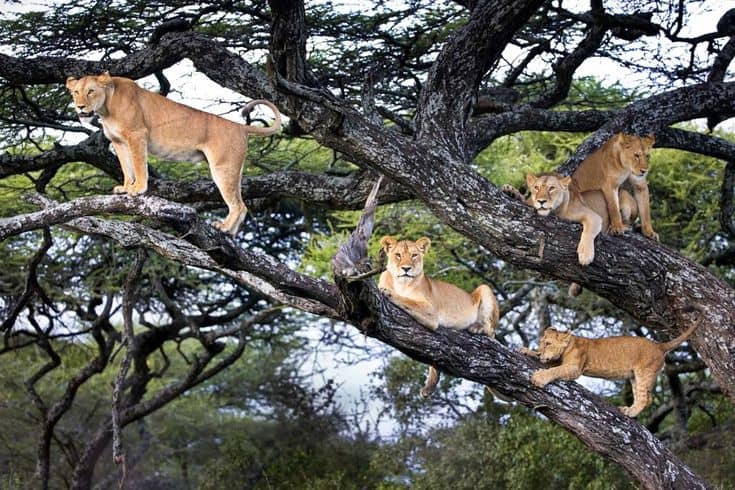Birding in Bwindi Impenetrable Forest

The name says it all: Impenetrable. It evokes a sense of mystery, of a primordial world untouched by time. For birdwatchers, this name sparks a different feeling: unparalleled opportunity. While Bwindi Impenetrable National Park is globally renowned for its population of endangered mountain gorillas, it holds another, equally captivating title: the epicenter of avian endemism in Africa.
This blog is your definitive guide to the unforgettable experience of Birding in Bwindi Impenetrable Forest. We will delve into the rare species that call this misty paradise home, provide practical advice for your trek, and reveal why this specific location is a non-negotiable stop on any serious birder’s life list. Prepare to discover why Birding in Bwindi Impenetrable Forest is less of an activity and more of a pilgrimage for those who seek the world’s most unique birds.
Why Bwindi is a Birder’s Holy Grail
Bwindi isn’t just a forest; it’s a UNESCO World Heritage Site and a vital component of the Albertine Rift, one of Africa’s most biodiverse regions. This ancient rainforest, dating back over 25,000 years, has created a unique ecosystem of isolation and specialization. The result? An astonishing 350+ bird species, including 23 that are found nowhere else on Earth.
This incredible concentration of Albertine Rift endemics is what transforms Birding in Bwindi Impenetrable Forest from a pleasant walk into a thrilling treasure hunt. Every rustle in the undergrowth and every call from the canopy could lead to a sighting of a lifetime.
The Star Attractions: Birds You Can’t See Anywhere Else
Your checklist for Birding in Bwindi Impenetrable Forest will be filled with unique and colorful species. Here are the “must-sees” that draw birders from across the globe:
1. African Green Broadbill
The undisputed crown jewel of Bwindi. This small, brilliant green bird with a broad bill and a black facial mark is incredibly elusive. Spotting one hopping through the moss-covered tangles of the forest understory is a moment of pure euphoria for any birder.
2. Shelley’s Crimsonwing
A stunning and secretive finch that is every bit as beautiful as its name suggests. The male is a dramatic vision of deep crimson with a black head and tail. It prefers the bamboo zone and is often only seen in a fleeting flash of color.
3. Handsome Francolin
Living up to its name, this ground-dwelling bird is strikingly patterned with a chestnut crown, white cheeks, and a speckled body. Its distinctive, loud calling often gives away its location before it’s seen.
4. Other Albertine Rift Endemics:
Keep your binoculars trained for the Grauer’s Rush Warbler, Neumann’s Warbler, Collared Apalis, Red-throated Alethe, and the magnificent Blue-headed Sunbird. The forest is also home to spectacular birds like the Great Blue Turaco and Bar-tailed Trogon, whose calls provide a constant soundtrack to your exploration.
Planning Your Birding Adventure: Practical Tips
A successful trip Birding in Bwindi Impenetrable Forest requires some planning. Here’s what you need to know:
Best Time to Go:
-
Dry Seasons (June-August & December-February): Trails are less muddy and more accessible.
-
Wet Seasons (March-May & September-November): Although rainier, this is often the best time for birding. The forest is lush, food is abundant, and birds are most vocal and active, making them easier to locate.
Hire a Expert Guide:
This is not a recommendation; it is essential. Local bird guides in Bwindi possess an incredible ability to identify birds by their faintest calls. Their knowledge of bird behavior and territory dramatically increases your chances of finding the shy endemics you’ve traveled so far to see.
Key Birding Sectors:
Bwindi is divided into four main sectors, each offering fantastic birding opportunities:
-
Ruhija: Often considered the best sector for Birding in Bwindi Impenetrable Forest, particularly for the African Green Broadbill and Shelley’s Crimsonwing. The higher elevation offers different species.
-
Buhoma: The most accessible sector, with great trails along the forest edge and the Munyanga River. Excellent for mixed-species flocks.
-
Nkuringo & Rushaga: These southern sectors offer dramatic scenery and fantastic birding, often with fewer tourists.
What to Pack:
-
Quality Binoculars: A must for seeing detail in the dark understory.
-
Rain Gear: The weather can change in an instant.
-
Layered Clothing: It can be cool in the morning and warm up later.
-
Sturdy Waterproof Hiking Boots
-
Camera with a Good Zoom Lens
-
A Field Guide: Birds of East Africa by Stevenson and Fanshawe is the standard.
Beyond the Birds: The Gorilla in the Room
It would be impossible to talk about Bwindi without mentioning its most famous residents. The incredible experience of gorilla trekking pairs perfectly with a birding safari. Imagine the ultimate wildlife combo: spending a morning with a majestic mountain gorilla family and an afternoon tracking down a dazzling sunbird. This unique combination is what makes a trip to Bwindi so profoundly special.
An Experience Unlike Any Other
Birding in Bwindi Impenetrable Forest is an immersive experience. It’s the feeling of the cool, damp air on your skin, the smell of rich earth and decaying leaves, the sound of a thousand insects and birds creating a symphony, and the awe of knowing you are in one of the most ancient and biodiverse places on the planet.
It challenges you, rewards you, and leaves you with a deep appreciation for the fragile wonders of the natural world. It is, without a doubt, one of the greatest birding adventures Africa has to offer.



